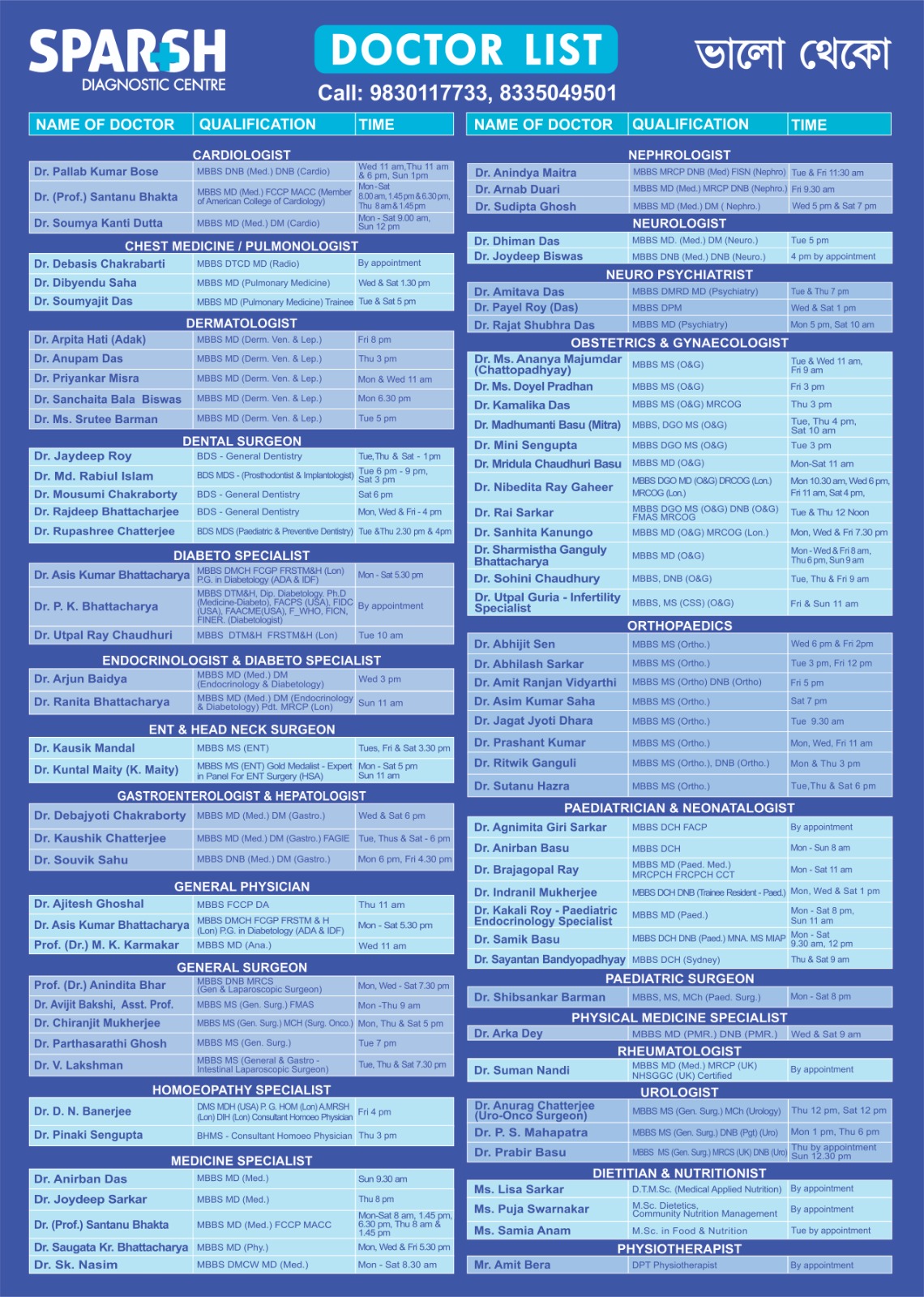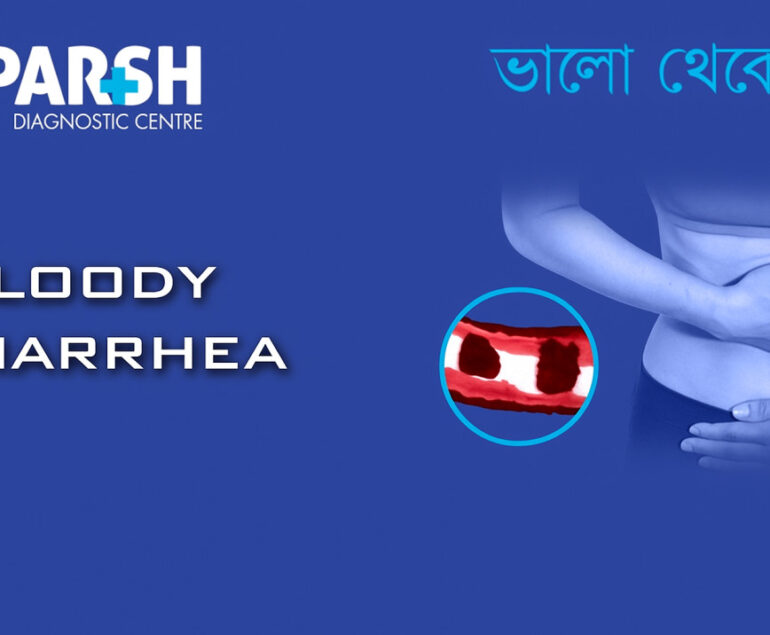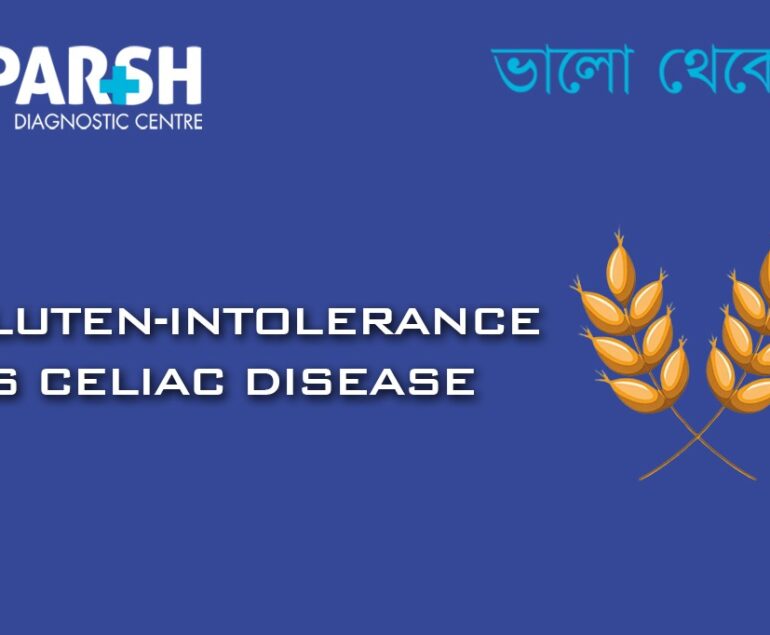Dysentery remains one of the most common gastrointestinal diseases affecting children and adults, particularly in tropical and developing regions. It is characterized by inflammation of the intestines leading to severe diarrhea, abdominal pain, fever, and dehydration. While the condition can range from mild to severe, timely diagnosis and appropriate treatment are crucial to prevent complications.
Two major types of dysentery exist:
Amoebic Dysentery – caused by a parasite (Entamoeba histolytica)
Bacillary Dysentery – caused by bacteria (mainly Shigella species)
Although both share some overlapping symptoms, their causes, transmission, severity, and treatment methods differ significantly. In this comprehensive guide, we explore everything you need to know about amoebic and bacillary dysentery—from causes and risk factors to symptoms, diagnosis, treatment, and prevention.
What Is Dysentery?
Dysenteries are infectious conditions caused by parasites or bacteria, leading to inflammation of the intestines, especially the colon. This inflammation affects the body’s ability to absorb water and nutrients, resulting in frequent loose stools often mixed with blood or mucus.
The two main types include:
1. Amoebic Dysentery (Amebiasis)
Caused by Entamoeba histolytica, a parasitic protozoan found in contaminated food and water. It commonly affects the colon and sometimes spreads to the liver, causing amoebic liver abscesses.
2. Bacillary Dysentery
Caused by Shigella bacteria (Shigella flexneri, S. dysenteriae, S. sonnei). It spreads easily from person to person and is more severe in children.
Causes and Transmission
Amoebic Dysentery – Causes
Amoebic dysentery occurs when a person ingests cysts of Entamoeba histolytica through contaminated:
Food
Water
Hands
Unhygienic environments
Unwashed vegetables and fruits
The parasite invades the intestinal lining, causing ulcers and inflammation.
Risk factors include:
Poor sanitation
Unsafe drinking water
Living or traveling in tropical regions
Crowded living spaces
Bacillary Dysentery – Causes
Bacillary dysentery results from infection by Shigella bacteria, which can survive in small amounts of contaminated material.
Transmission occurs via:
Person-to-person contact
Contaminated food and water
Poor hand hygiene
Flies transmitting bacteria to food
Eating food handled by infected individuals
Risk is higher in:
Children under 5
Elderly individuals
Immunocompromised patients
Symptoms of Amoebic and Bacillary Dysentery
A. Symptoms of Amoebic Dysentery
Amoebic dysentery often develops gradually over several days.
Common symptoms include:
Weight loss
Abdominal cramps
In severe cases, complications like liver abscess may occur.
B. Symptoms of Bacillary Dysentery
Bacillary dysentery usually starts suddenly and is more intense than amoebiasis.
Symptoms include:
Severe abdominal cramps
Urgency to pass stool (tenesmus)
Bacillary dysentery may lead to life-threatening complications if untreated.

Differences Between Amoebic and Bacillary Dysentery
| Feature | Amoebic Dysentery | Bacillary Dysentery |
|---|---|---|
| Cause | Parasite (Entamoeba histolytica) | Bacteria (Shigella) |
| Onset | Gradual | Sudden |
| Stool characteristics | Loose stool, may contain mucus | Bloody diarrhea |
| Fever | Moderate | High |
| Severity | Mild to moderate | Often severe |
| Complications | Liver abscess | Dehydration, seizures (in children) |
| Treatment | Antiparasitic drugs | Antibiotics |
How does Dysentery affect the Body
Both forms of dysentery cause:
Dehydration
Loss of electrolytes
Intestinal inflammation
Nutrient malabsorption
If not managed promptly, this can lead to:
Seizures (due to fluid imbalance)
Severe weight loss
Diagnosis of Amoebic and Bacillary Dysentery
Accurate diagnosis is essential because treatment varies.
Common diagnostic methods include:
Stool microscopy – Detects parasites, cysts, or bacteria
Stool culture – Confirms bacterial infection
Antigen tests – Identifies Entamoeba histolytica
PCR tests – Detects specific infectious agents
Blood tests – Evaluate dehydration and infection
Ultrasound/CT scan – For suspected amoebic liver abscess
Sparsh Diagnostic Centre provide stool analysis and advanced tests for quick and accurate identification.
Treatment for Amoebic and Bacillary Dysentery
1. Treatment for Amoebic Dysentery
Metronidazole or Tinidazole – Kills parasites
Paromomycin – Eliminates cysts from intestines
Rehydration therapy – Oral rehydration salts
Pain relief medication (if needed)
Patients with liver abscess may require prolonged medication.
2. Treatment for Bacillary Dysentery
Antibiotics (depending on culture):
Ciprofloxacin
Azithromycin
Ceftriaxone
Oral or IV fluids
Pain and fever management
Severe cases may require hospitalization.
Home Remedies and Supportive Care
While medical treatment is essential, supportive care helps speed recovery.
Recommended supportive measures:
Drink ORS regularly
Eat light foods such as khichdi, bananas, rice, toast
Avoid milk, spicy foods, fried items
Rest well
Maintain hydration with coconut water or glucose water
Complications of untreated Dysentery
If not treated on time, dysentery may lead to:
Amoebic Dysentery Complications
Perforation of the intestine
Chronic digestive issues
Bacillary Dysentery Complications
Severe dehydration
Seizures in children
Early diagnosis and timely treatment significantly reduce these risks.
Prevention of Amoebic and Bacillary Dysentery
Dysentery is largely preventable with basic hygiene and sanitation.
Preventive steps:
Wash hands frequently
Drink only purified or boiled water
Avoid street food
Wash fruits and vegetables thoroughly
Maintain kitchen hygiene
Avoid raw or undercooked foods
Use clean toilets
Educate children on hygiene practices
Public health awareness and proper sanitation can minimize outbreaks effectively.
When to See a Doctor
Seek immediate medical attention if you notice:
Blood in stool
Persistent vomiting
High fever
Signs of dehydration (dry mouth, dizziness, low urine output)
Severe abdominal cramps
Symptoms lasting more than 48 hours
Amoebic and Bacillary Dysentery in Children
Children are more vulnerable to dehydration and complications. Parents must monitor:
Frequency of stools
Hydration levels
Fever
Appetite
Prompt diagnosis and medical care are essential to prevent complications.
Why Early Diagnosis Matters
Early testing helps:
Identify the exact cause
Select the correct medication
Prevent spread to others
Avoid hospitalisation
Diagnostic centres like Sparsh Diagnostic Centre offer reliable stool tests and immediate reporting to help initiate timely treatment.
FAQs on Amoebic and Bacillary Dysentery
1. Is dysentery contagious?
Yes. Bacillary dysentery (Shigella) is highly contagious, while amoebic dysentery spreads through contaminated food and water.
2. Can dysentery be cured completely?
Yes. With proper treatment and hygiene practices, both types can be fully cured.
3. How long does dysentery last?
Amoebic dysentery: 1–3 weeks
Bacillary dysentery: 5–7 days
4. Is it safe to take antibiotics for dysentery?
Only take antibiotics after a confirmed diagnosis. Wrong antibiotics may worsen symptoms.
5. What foods should I avoid during dysentery?
Avoid:
Milk and dairy
Fried foods
Spicy foods
Raw vegetables
Caffeinated drinks
6. Can dysentery lead to dehydration?
Yes. Dysentery causes rapid fluid loss, which may become life-threatening, especially in children and elderly.
7. Can probiotics help?
Yes, probiotics may help restore gut flora, but they should be used along with prescribed medications.
#BhaloTheko
Disclaimer:
No content on this site, regardless of date, should ever be used as a substitute for direct medical advice from your doctor or other qualified clinician.

![]()






[…] There are two primary forms: […]